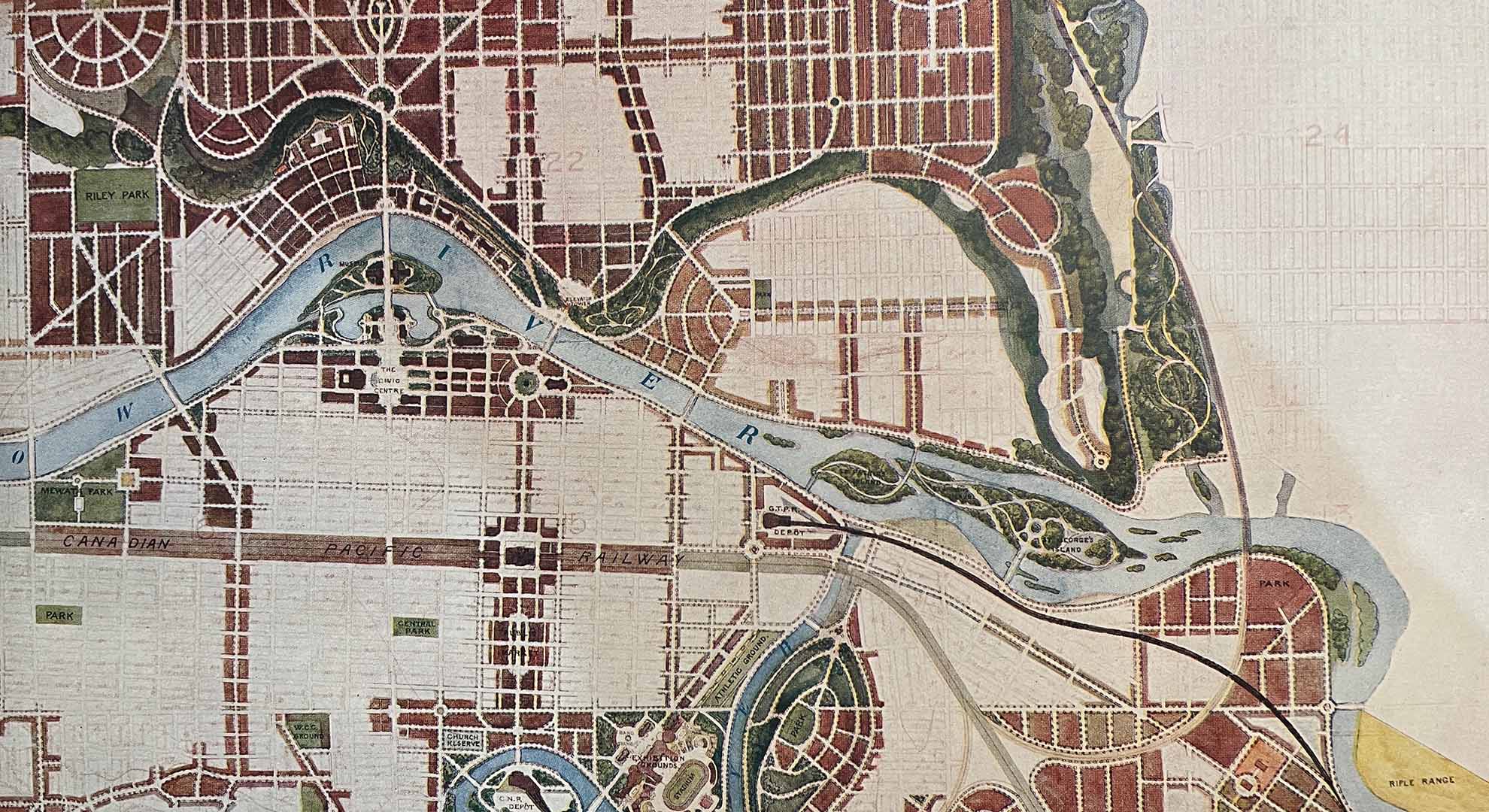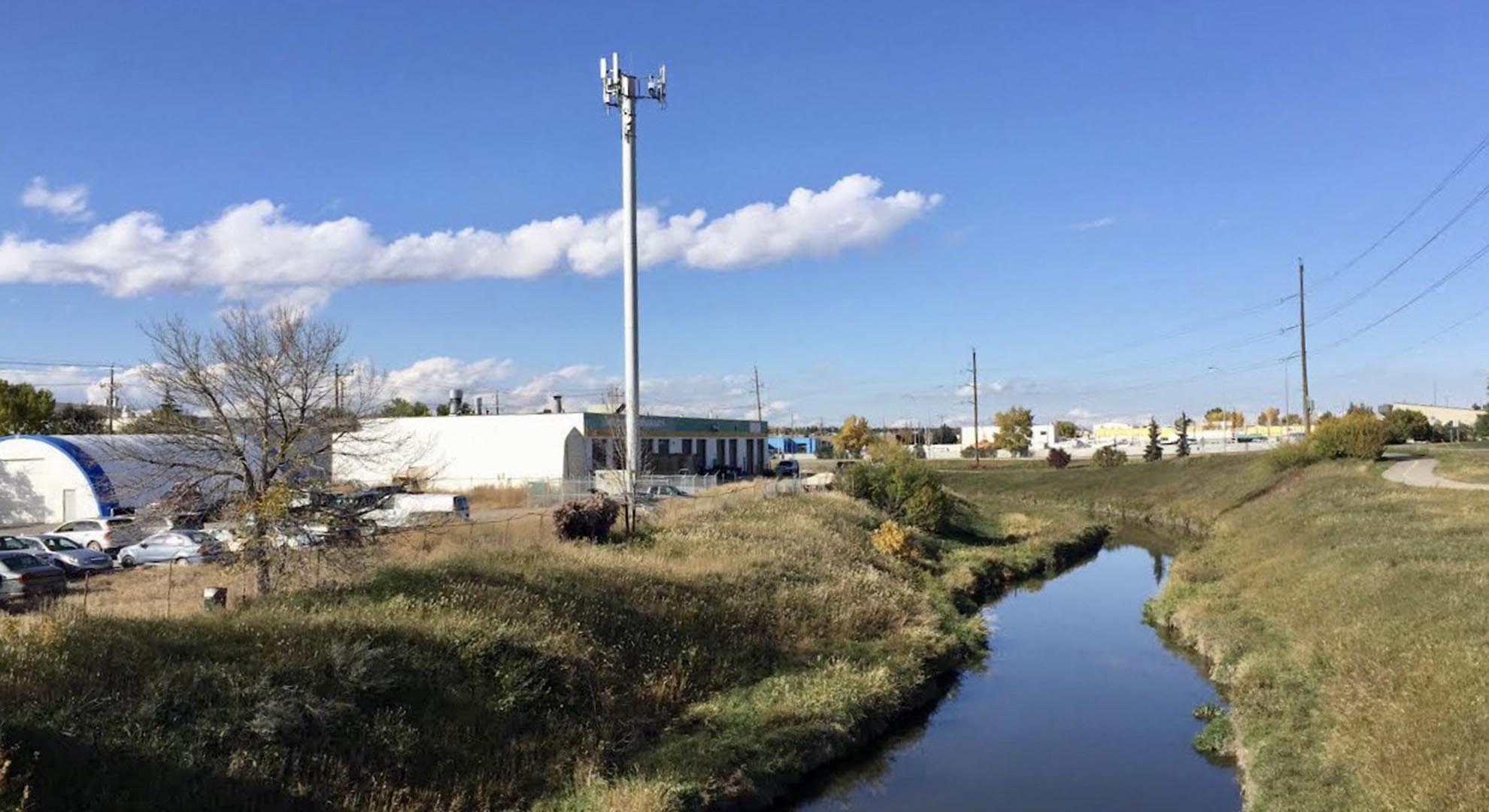Parks and the Urban Vision
New ways of planning urban parks and designing landscape systems
Christophe Girot, Professor of Landscape Architecture at ETH in Zurich, wrote in 2013 about a time “when cities had the courage to define their branding around an all-encompassing vision of landscape.” What an inspirational statement! Girot was reflecting on the “Berlin of Lenné, the Manhattan of Olmsted, the Paris of Alphand, the London of Nash, the Barcelona of Cerdà and the Buenos Aires of Thays” and more recently the new riverscape area at Letten in Zurich, Cheonggyecheon River Park in Seoul and the Houtan River Park in Shanghai.
All are examples of an expansive way of thinking that values the landscape and the public realm—the most permanent elements of the built environment. This approach departs from the siloed thinking that has been dominant the last 70 years where urban parks, streets and plazas were treated as “things” rather than as an integrated system. The perils of the twenty-first century include the uncertainties of climate change, decline in species diversity, concerns about sustainability, loss of sense of place, and now pandemics. Parks, in particular, need to be thought of as more than just “green space.” In addition to their recreational, aesthetic, or ecological role, parks and open space have profound social and public health values, and play a huge part in civic identity.
Calgary’s City Council voted in 2021 to declare a climate emergency with plans to reduce greenhouse gas emissions and adapt to a changing climate. The strategy, so far, is quiet on the subject of parks and open space. Also in 2021, the Climate Action Commitment was ratified by the International Federation of Landscape Architects and the Canadian Society of Landscape Architects. Among their concerns are reduction of carbon emissions, protection of natural environments, and development of innovative changes to planning and design to help prevent the catastrophic environmental and societal breakdowns often associated with climate change. Urban Parks and open space systems must play a role in this.
Calgary’s premiere public space and one of its most important defining features is the river path system. This network totals more than 800 kilometers of pathways and public spaces and 300 kilometers of bike paths, the result of a visionary and ambitious 1991 Urban Parks Master Plan although proposed earlier in Thomas Mawson’s 1914 Calgary Plan.

Thomas Mawson had a strong vision for a city organized around a high-quality public realm associated with the rivers and the views. Image Thomas Mawson & Sons, 1913, “The City of Calgary: Past Present and Future,” Figure 1, City of Calgary Town Planning Scheme
Most people in Calgary are familiar with the Bow and Elbow River paths, however there is another watercourse that is just as important. Nose Creek is a multi-branched tributary of the Bow with a watershed of almost 1,000 km2. More than simply a watercourse, Nose Creek has a rich history with centuries of aboriginal use, then the site of the Calgary–Edmonton wagon trail, and now at the intersection of residential, transportation and industrial land use areas. It’s an important wildlife corridor and ecological spine.
But the creek valley has deteriorated due to encroaching development and competing land uses. Parts of the creek have been channelized, reducing the overall length of the creek and the amount of habitat, others used as dumping grounds or polluted by runoff, resulting in the elimination of naturally-occurring vegetation, deterioration in water quality, destruction of habitat, increases in erosion, destruction of archaeological resources and aboriginal landscapes, and a compromised visual landscape. The Nose Creek Valley has for too long been considered a backwater and not valued as much as the Bow and Elbow Rivers have, and it is now a matter of urgency as several projects focusing on industrial development are slated to impact the area over the next decade.

The southern part of channelized Nose Creek and the industrial development. Photo © Beverly Sandalack
But what if, instead of allowing this area to be nibbled up, the City took a more visionary leadership role and designated it as a municipal park? Or better yet, a Provincial or National Urban Park?
Loss of even a small amount of natural space is a negative proposition, but there is an opportunity to think differently about parks and open space systems. Citizen advocacy groups are more and more concerned with motivating politicians and influencing their actions. The Save Nose Creek Committee was recently formed with the goal of protecting Nose Creek and its riparian areas and advocating for park designation, citing several important local precedents. Nose Hill and Fish Creek Park, Calgary’s important large ecological and recreation areas, were formed through the efforts of concerned citizens and academics and ultimately the Municipal and Provincial administration.
Calgary now seems to have entered a phase of urban development where ideas about sustainability and sense of place, together with a concern for the public realm, are part of the value systems of society and should be the drivers behind municipal planning, budgets and development. The imperatives of the climate change emergency, economic realities and the stresses of the pandemic may potentially lead to the development of new ways of planning and designing landscape systems, including urban parks and open spaces, that could also reframe the city image.
Main image: An aerial view of Calgary from River Park. Photo by Kelly Hofer/Unsplash
